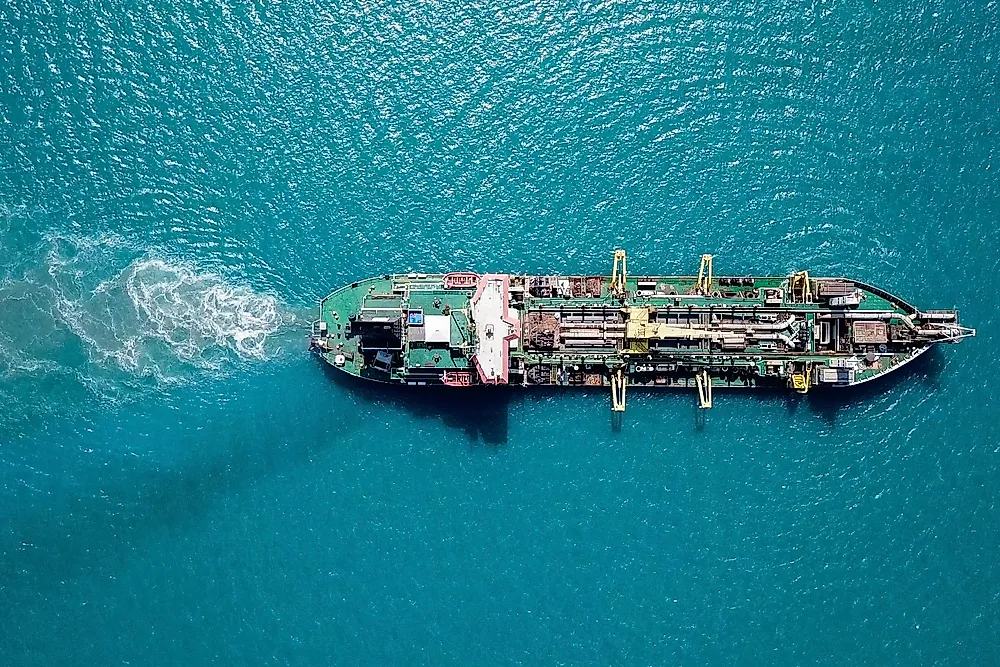What Is Dredging?

Dredging is the act of excavating bottom soil sediments and disposing it to different locations. It eases out the navigation process and helps vessels to smoothen their day-to-day sea travel operations. The technique is also used for fishing and replenishing the sand on beaches with low sand levels. Dredging is also done to create harbors, bridges, piers, docks and other foundation works, and to pave the way for smoother water levels. Other reasons include digging for gold, minerals, and other materials. Dredging is also used to prevent floods and to remove trash. It improves productivity and economy as it fastens the speed of vessels, allowing the delivery of goods on time.
Process
Dredging is used to extract ores and minerals from underwater mines. The process is also carried out in the seas, oceans, beaches, river beds, and contaminated areas across the world to recycle sand and utilize it where needed. Many construction sites also use dredging to produce concrete. By increasing a channel's depth, dredging can help in flood prevention. The method can also aid anti-eutrophication activities and to reclaim polluted areas.
Dredging is carried out using various tools and machinery operated through vessels. The basic one includes the suction excavator, which works like a vacuum cleaner. It sucks the sediments into its long tube. The other tools include a suction hopper dredger with a dredge drag head which collects and drops the sediments into hoppers attached with the excavator. Further, these hoppers dispose the sediments to other areas. Other methods include deploying cutter section dredger used for the areas with hard-surface materials. They cut through the layers of sediments, make them soft and then sediments are collected, stored and disposed at the relevant locations.
History
Ancient Romans used dredging as a popular method to deepen the navigational channels for smooth transport of vessels. "Spoon and bag" dredges were some of the oldest tools used by the Romans for this purpose. Rotary treadmills were used for dredging by the early 1600's. By 1880, more advanced and smooth dredging tools and machines were developed to enhance sea transportation. Many contract firms would take up jobs to conduct dredging. Cut-off tools were innovated to smoothen hard river and ocean sediments in the 19th century. Baltimore in the US was the first port to use dredging to excavate the bottom in 1783.
Concerns
There are many complications, which arise due to dredging. These concerns include:
- The release of toxic chemicals from the sediments into the water which adversely affects aquatic ecosystems.
- Increased contamination of dredge based sites.
- A rise in water turbidity, which affects species metabolism and disturbs aquatic life.
Due to these adverse environmental impacts of dredging, the US Clean Water Act was passed to restrict the dredging process. Specialized companies now need to obtain licenses and permissions from the Army Corps of Engineers and can carry out dredging only in marked areas under surveillance through GPS systems. Agencies also need to prepare and present reports to higher authorities.











